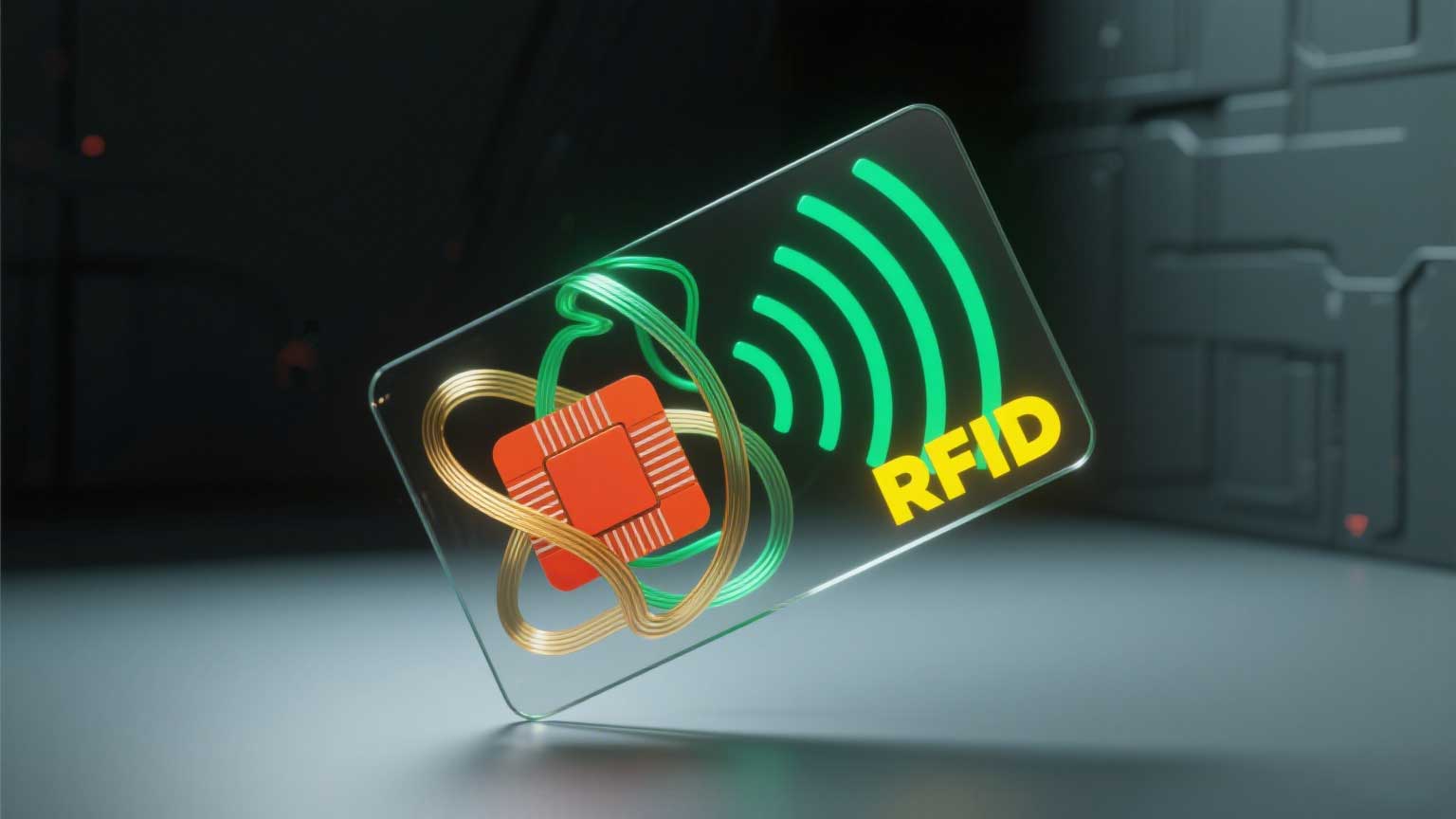How RFID Reduces Retail Stockouts: Data from 500 Stores
867Discover how RFID technology slashes retail stockouts by 63%—proven by data from 500 stores. Learn Cykeo’s strategies for real-time inventory accuracy and higher sales.
MoreAll RFID Product
An RFID card is a credit card-sized device that uses embedded radio frequency identification (RFID) technology to wirelessly transmit data. Unlike traditional cards with magnetic stripes, RFID cards contain a microchip and antenna that communicate with readers via electromagnetic fields, enabling touchless authentication, payments, and secure access.

💡 Key fact: Passive RFID cards never require charging – all energy comes from the reader.
| Type | Frequency | Primary Use Case |
|---|---|---|
| Low Frequency (LF) | 125 kHz | Animal tracking, basic access |
| High Frequency (HF) | 13.56 MHz | Contactless payments, secure access |
| Ultra-High Frequency (UHF) | 860–960 MHz | Warehouse inventory tools |
Note: Most “RFID cards” refer to HF systems (ISO 14443/15693 standards) used in security and finance.
Cykeo’s corporate access cards use multi-layer encryption that self-locks after 3 failed scan attempts.
| Industry | Implementation |
|---|---|
| Corporate Security | Keyless building access with time restrictions |
| Public Transit | Touchless fare payments (e.g., London Oyster) |
| Healthcare | Patient identification and medication tracking |
| Payment Systems | Contactless Visa/Mastercard transactions |
| Type | RFID Card | Magnetic Stripe | NFC |
|---|---|---|---|
| Security | High (encryption) | Low (static data) | High (dynamic codes) |
| Durability | 5–10 years | 1–3 years | Varies by device |
| Speed | < 0.5 seconds | 2–3 seconds | Instant |
| Contact Required? | No (proximity-based) | Yes (swipe/insert) | Touch required |
Discover how RFID technology slashes retail stockouts by 63%—proven by data from 500 stores. Learn Cykeo’s strategies for real-time inventory accuracy and higher sales.
MoreIntroduction In today’s fast-paced technological era, every aspect of life is undergoing unprecedented transformation. At the forefront of this revolution, Sco Information is leading the charge in redefining smart storage solutions with i...
MoreDiscover whether handheld RFID readers can scan through metal or liquid containers. Learn about anti-metal tags, UHF limitations, and best practices for reliable detection.
MoreConsidering an RFID solution medical? Learn how healthcare systems use RFID to track equipment, ensure compliance, and reduce operational costs.
More